Estonia is often presented as Lithuania’s archetypical competitor, and, judging from many media reports, it seems that the main goal for Lithuania is to be ahead of Estonia one day. Personally, I grew up with my dad’s stories from Tallinn, after he did an internship there in the 1970s, about how Estonia was more western in many ways. Access to Finnish radio was important in forming this impression. Also, Estonia was the second foreign country I ever visited – at the time there were still passport controls at the border, but Finnish tourists were already flocking there to drink. I remember Scandinavian-style dormitories in Tartu, the casual style of Estonians even in rather formal events, and their straightforward talk, in sharp contrast to mainstream Lithuanian habits. I visited Estonia again in 2007 and 2009, and each trip was full of surprises. In 2007, my friend and I discovered a shop offering very interesting, even provocative, jewellery designs. In 2009 I tasted hot chocolate with sea salt, and a cocktail consisting of a shot of vodka, lots of lemon, brown sugar and hot water. This year I was curious to see what surprises this trip will bring.
Ready – aim – shoot!
Despite its northern location, Estonia has what it takes to become a major tourism destination. Last year the number of tourists visiting the country far exceeded the population of tiny Estonia, and tourists spent in total 5.7 million nights in Estonian accommodation establishments (report).
With my local friend U. as my guide, I started exploring Tallinn from its hipster neighborhood Kalamaja (included in this list of world’s most hipster neighborhoods).
This is Boheem, a popular cafe in this area with lots of wooden buildings. I was amazed to see how many wooden buildings, which are rapidly disappearing and mysteriously burning down in Vilnius, are preserved in Tallinn.
While wooden buildings are reappropriated to perform the ‘cute authenticity’ function for locals and tourists alike, larger concrete buildings in the area serve as hubs for various shops.
Wooden houses are not the only architectural treasures that are well-preserved in Tallinn. Who knew that such classical industrial buildings will become immensely fashionable? Estonians did.
This is the Rotermani quarter, which is between the port and the old town. My friend U. is right that it has rather poor pedestrian access to the old town, but in itself it has nice pedestrian streets and hosts a hub of local NGOs, as well as international brands and cafes.
Even some apartment blocks, typical in countries which experienced massive industrialization after WW2, were built in somewhat more creative ways in Tallinn.
Not all architectural innovations were quite successful. The Linnahall, a giant structure hastily built in the 1980 to host a part of the Moscow Olympic Games, is not used for cultural events (except its rehearsal rooms, as I was told), but it has a functioning heliport and is becoming a major attraction for people who want to enjoy a drink outside – it’s legal again since July this year. Just a few years ago the poorly lit area was used by addicts to shoot drugs, and, as my friends told, people were discouraged from buying apartments in the area, but gentrification got the better of it. Next to this place there is a large open area, adjacent to two art galleries, which is an experimental garden and a club, with table tennis facilities and lots of cozy sofas in semi-dark corners.
The Old Town of Tallinn, divided into the castle district and the Hanseatic Old Town, has a typical candybox landscape that you can find elsewhere in Europe, but its Gothic buildings are also marvelously preserved and restored. Interestingly, one of the few Baroque buildings of the Old Town is used as the Lithuanian embassy and hence becomes an embassy of the style so common in Vilnius.
The Sauna street, one of the side streets off the touristy Viru str., used to host a historical medieval sauna and one of Estonia’s first gay clubs in the 1990s, where people could party and communicate in relative safety.
Proximity to the sea is Tallinn’s main asset. Ferries to Finland ensure a constant flow of tourism, as well as easy access for Estonians to the Finnish labor market. During the heatwave as this summer, the port offers refreshing breeze beautiful ships to gaze at. Quite surprisingly, it wasn’t crowded at any time of the day that I walked there (I stayed at Marine Keskus, a cute cheap hotel close to the port).
Finally, unlike in my earlier trips to Estonia, I had a chance, thanks to fellow Balts I met during the trip, to visit Tallinn’s outskirts. First we went to the suburb of Kopli, which is destined to become the next gentrification hub. It is close to the sea and has a variety of wooden, brick and concrete buildings, as well as a tram depot.
As we went there, we saw a cute Orthodox church and wanted to see what’s inside. Unfortunately, I didn’t have a scarf to cover my hair with (this is expected of all women entering Christian Orthodox churches). The lady guarding the church did not want to let us in, saying this was not a museum. Yet, seeing how well my friend wrapped herself in a scarf, her hostility thawed and she let us in. She told us that the saints, venerated at the church, were alive and impacting our lives, so we had to be very respectful. She showed us an icon depicting Prophet Elijah, who, she said, could control rain. The church was built 100 years ago for Russian workers moving to the area, and the original building had burnt. The icon burnt too, but it was still left to hang in the church, and the painting started re-emerging from the ashes.
Next, we went to the peninsula of Kakumäe. There is a bicycle path that ends abruptly with a precipice. We went to the right of it, where we had a picnic on rocks, enjoying salad that we ate with makeshift chopsticks from local bushes. Then we returned and went to the left, to find an amazing sandy beach. We watched a typical long, colorful Nordic sunset there.
I saw many interesting objects in Tallinn (for example, this statue with eyeballs below), but let’s keep this blog entry short, and do visit Tallinn if you have a chance.
Update: happy to see that Visit Estonia and the Estonian President liked my blog post.


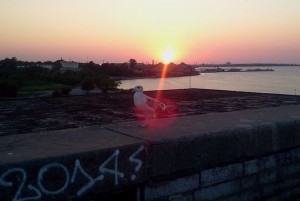
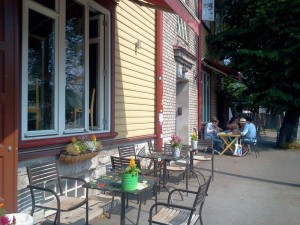
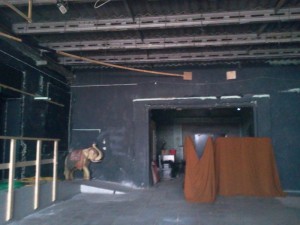
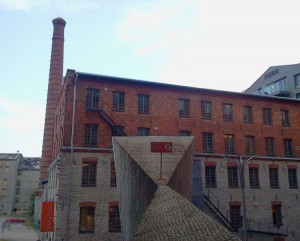
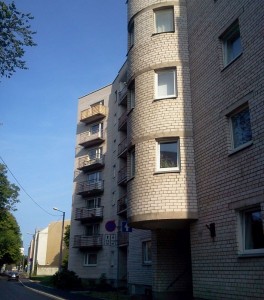
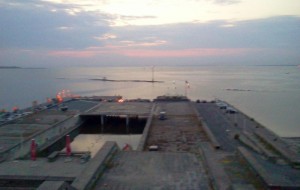
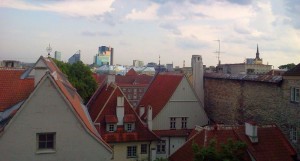
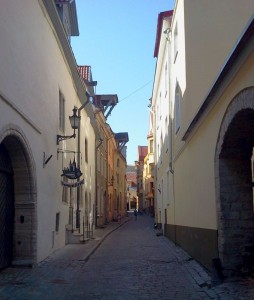

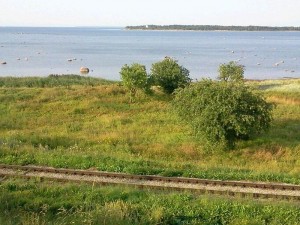
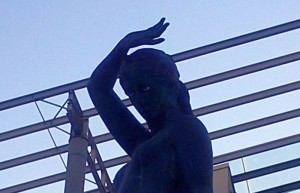
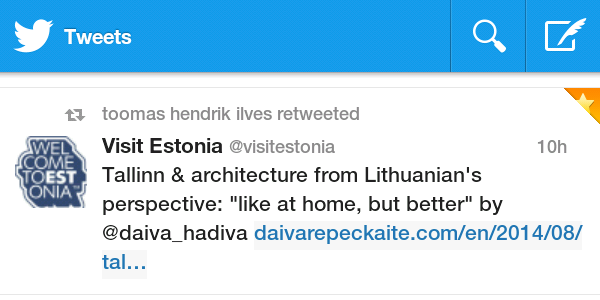
Comments 1
Very beautiful city 🙂